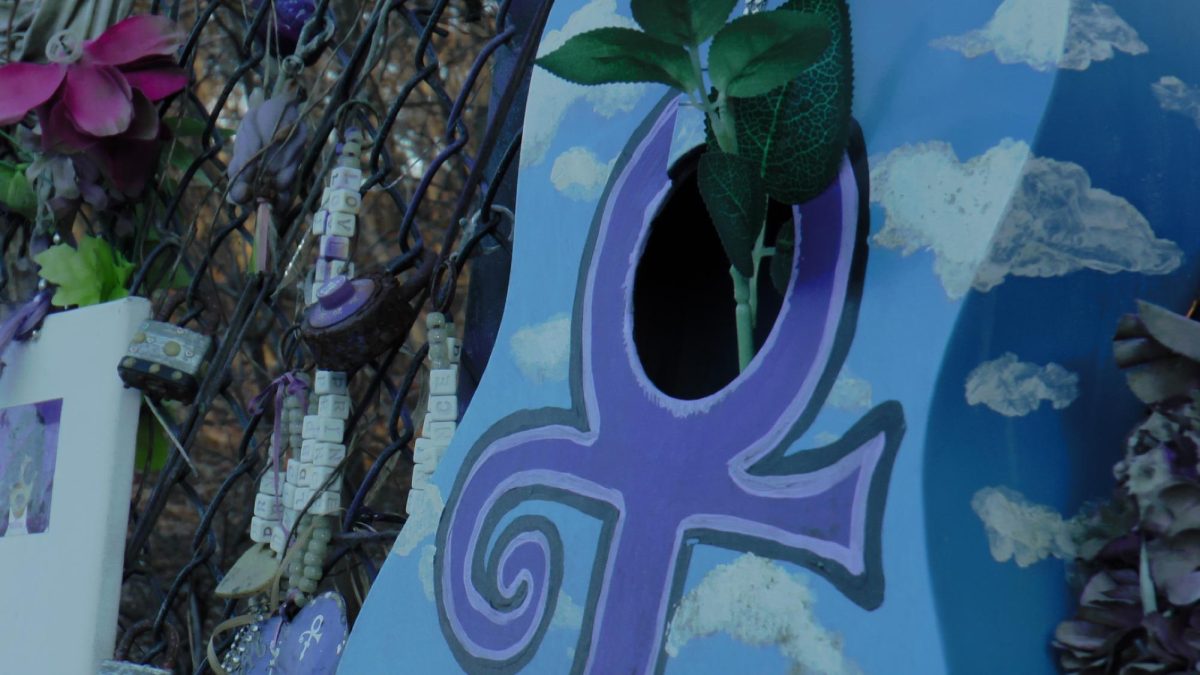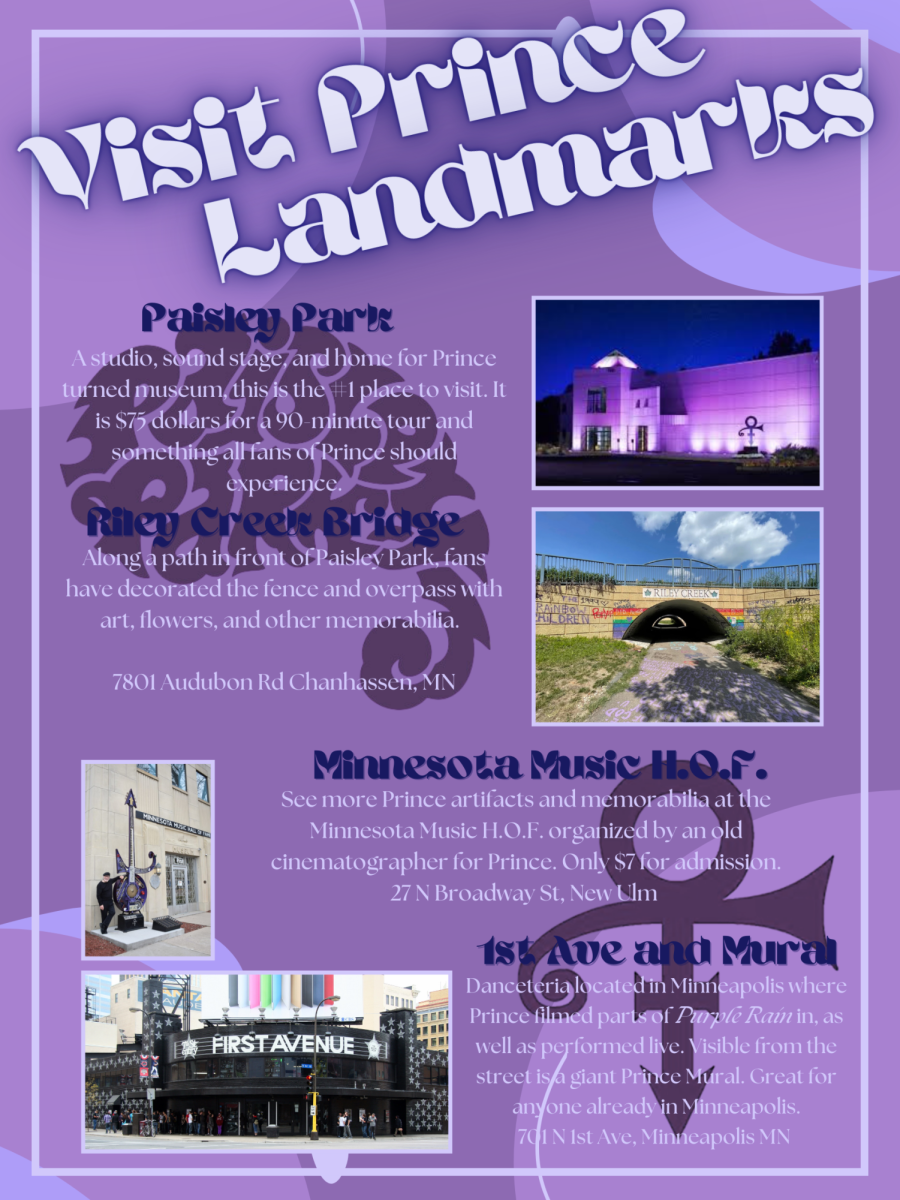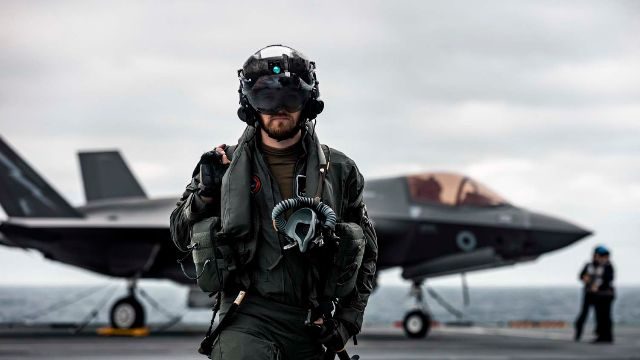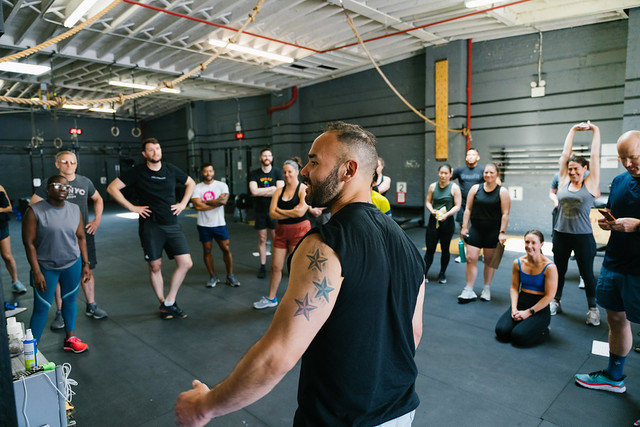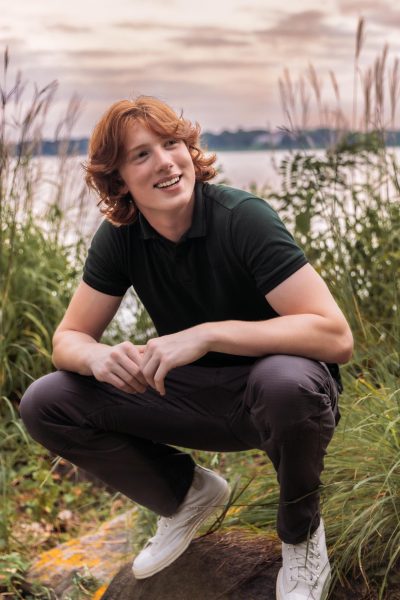Cinematographer Joel King on his experience working for Prince
Joel King is a Minnesota born cinematographer/photographer who worked in Hollywood during the late 60’s, 70’s and 80’s on numerous films, such as Duel (1971), Carrie (1976), and The Beastmaster (1982). He has an IMDB page that includes all of his credits. After working in L.A, he moved back home to Minnesota.
In Minnesota he began filming commercials before working with Prince for a number of years. Together they made Graffiti Bridge (1990) and many of Prince’s music videos. As Mr. King spoke about working for Prince, it was clear he was very fond of the time he had spent working for him. He regaled multiple humorous stories and still heartily chuckled while telling them, as if it had happened only an hour before.
After his passing, he became a pseudo tour guide for people that came to visit Henderson MN to see where they shot a scene of Purple Rain (1984). After his first tour, he began to do more and more, commissioning benches, murals, even a bronze statue of Prince, some of which are in the Minnesota Music Hall of Fame in New Ulm.
I asked Mr. King how he got connected with Prince when he returned to Minnesota. He proceeded to detail how he had caught wind of Prince doing a movie, so he then spoke with the executive producer Peter McDonald. Once he got approval, Mr. King was then interviewed by Prince himself.
“So a few days later, I went back and then met with Prince, and Prince and I kinda hit it off because he likes people that are a little different.”
Prince liked Mr. King’s eccentricity, but also for another reason.
“He knew that I had a problem with addiction to drugs and alcohol. So I think he hired me, I really believe this, to help me. And he helped once I got hired on the movie.”
Due to the culture in Hollywood, Joel King had become addicted to drugs—cocaine specifically, and alcohol. During that time it was such a common occurrence, and it was even seen as strange not to. He began rehab in L.A., then again in Minnesota when he moved back.
“Every day, he came to me and he asked me how I was doing. ’Are you okay, Joel? You didn’t drink last night, did you?’. He hated people that did drugs and alcohol.”
Prince didn’t like the kind of environment that was at L.A.. It was one of the reasons why he left, and had Paisley Park built.
”He was definitely against drugs and alcohol, which is really funny that he died of a drug overdose, but he did not like anybody that drank. And so we built kind of a relationship on the set. He’s very shy, and if he got him by himself by the camera and we were away from people, then we would talk. We talked a lot about the drugs and the alcohol and why he didn’t do it because he was raised around and so we built a pretty good relationship. I give Prince all the credit in the world for my sobriety.”
Because of Prince, he has been sober for thirty-four years, this year being his thirty-fifth. When he was saying this to me over the phone, I could hear the respect, gratitude, loss, and nostalgia coming through his voice. Sometimes he spoke as if he was reliving the moment, and his recount would slow as he remembered their interactions, their daily conversations.
“That’s why I did the Prince memorial. I raised all that money, I opened up a nonprofit to keep Prince’s legacy alive, and I did that to give back to Prince what he gave me.”
When he was asked to be the tour guide to the spot in Henderson by the city administrator, he took it up since he was retired, and once he had finished that first tour, he knew he wanted to do more. Mr. King raised the money to organize those memorials, most of which can be seen in a special room dedicated to Prince in the Minnesota Music Hall of Fame.
When I first called Mr. King, he said he wasn’t impressed at first when he met Prince. After all, he didn’t know him at all, didn’t listen to his music, and never met him beforehand. At the time, he was just another big celebrity, which was a norm for Mr. King.
“I didn’t even know who the hell he was, really. I didn’t see his movies. I didn’t didn’t really listen to his music much.”
As he got to know him, he grew a deep respect and appreciation for him.
“But when we started working together, I was pretty impressed. He was very professional, very creative. The most even keeled director I ever worked for. Never got upset, I never heard him raise his voice. He came very prepared. He was the mellowest director I ever worked for.”
He knew him as Prince the man, not solely the rockstar. He was a kind hearted man, one who cared about the well being of others. Mr. King loved working for him because he was such a positive, good person, and funny, too.
“We became friends. I miss him so much.”
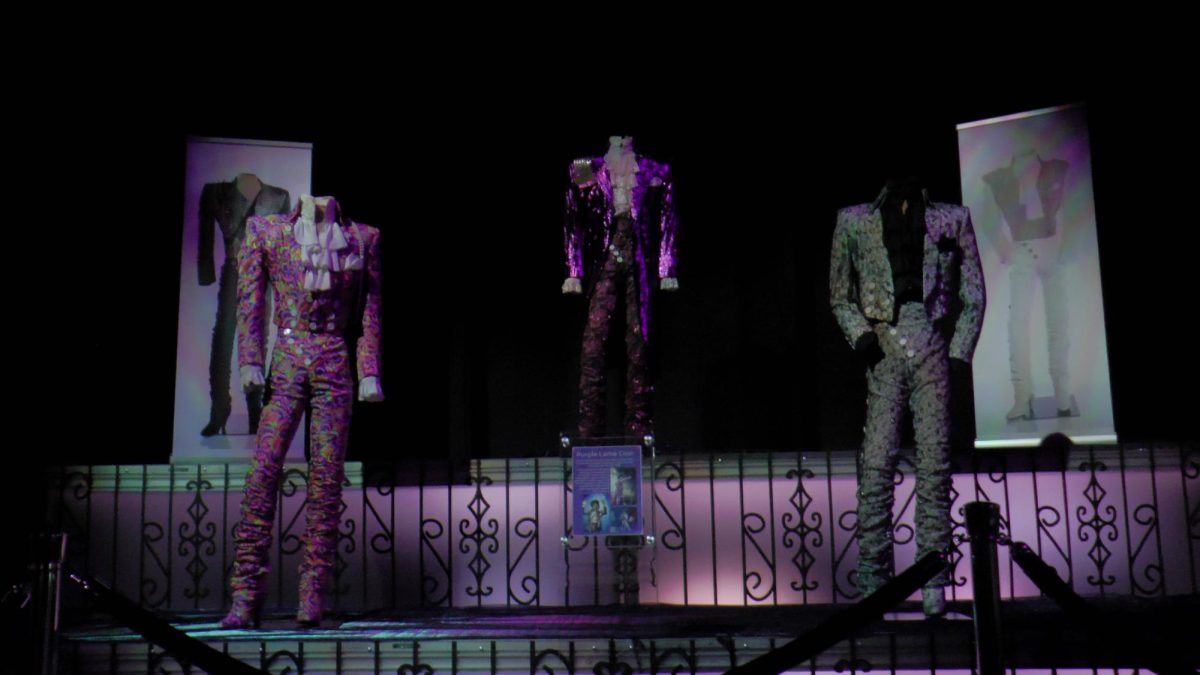
Prince, the Chanhassen Resident
Sometimes it’s hard to believe Prince lived in Chanhassen. At least, at first glance. He was a rockstar, extremely famous and extremely wealthy. Why did he choose to go back to some random town in Minnesota?
Prince loved Minnesota, born and raised in Minneapolis he moved back to Minnesota after briefly living in Los Angeles. He bought a house in Chanhassen, MN, which he later converted to Paisley Park, his iconic recording studio, home, and stage.
He liked Minnesota more than California, or Chanhassen more than L.A., because “it kept the crazy people away”. He was likely referring to the people that engaged with the Hollywood culture of drugs and alcoholism that Prince was against.
Prince was no hermit, however. In a survey given to sixty people, half of which are Minnesotans, twenty-five percent of respondents had some story of seeing Prince. Some saw him as he biked around, others would see him picking up food from the grocery store (of course with his bodyguards), visiting the post office, going to the Mall of America—he was just like any other Minnesota resident, though with some special leverage. Beyerly’s (the grocery store) and the Hollywood video store in the same strip mall would stay late for him so he could come by either on his own time (as he often worked late at night, whenever ideas would come to him) or because he didn’t want to be seen that day.
Nearby, also in Chanhassen, Prince had bought a home for his Dad. His Dad drove a purple BMW, which was often seen by other residents.
He owned many other properties in Minnesota, like a house overlooking lake Minnetonka. Most of these have since been sold and their land repurposed. Streets that were made on Prince’s land were named after some of his songs.
While he may not still be roaming around the area, his reminders are. Murals around Minneapolis gleam with his image, people around don Purple Rain t-shirts more often than any other shirts for a movie or album, and even the purple on the Minnesota Vikings (while coincidental) all remind of us of the man who loved his home as much as it loved him.
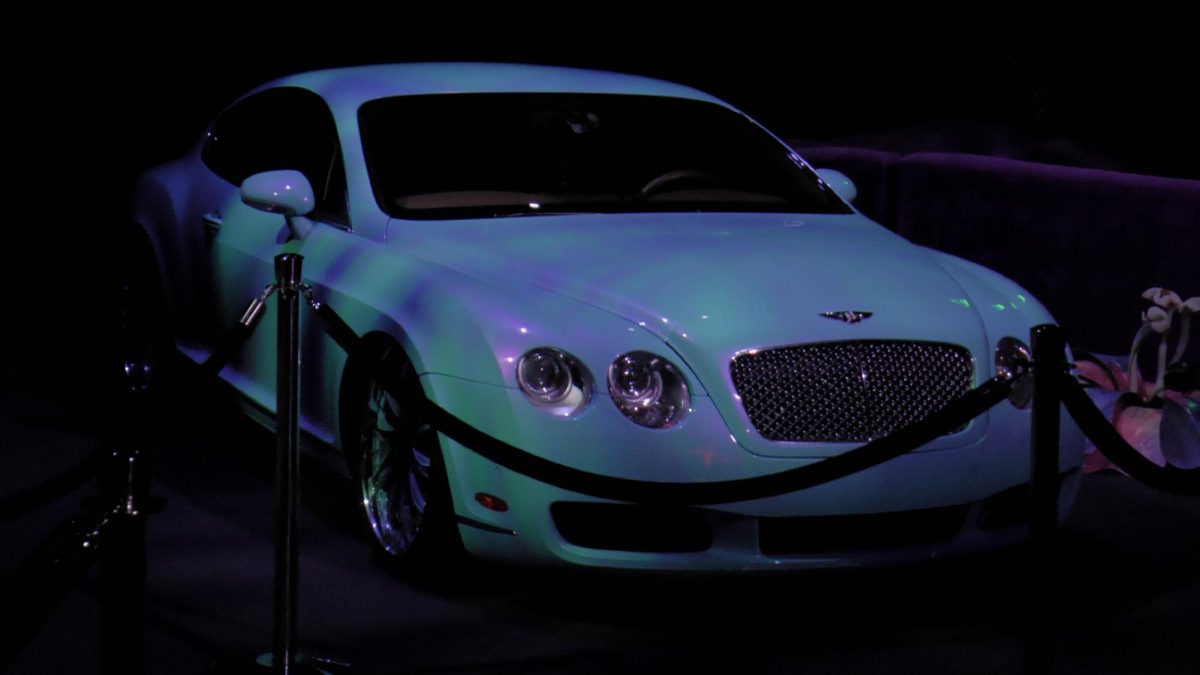

Prince’s reign on music
- Prince was constantly exploring new and different genres. He assured to keep his music new and fresh while still staying true to himself.
- In terms of advancement or recency, he was ahead of the game compared to the industry, whether the technology he used, the genre that was popular, or topics in his songs.
- He worked very closely with his sound technicians to perfect how the music sounded. He knew exactly what he wanted the sound to be like for his songs, and when he couldn’t achieve it, he would find a way to make it. In “When Doves Cry” for example, he modified a Linn LM-1 drum machine by adding guitar pedals to it.
- He was a true musical master. He played all the instruments in his songs (recordings).
- He is often referred to as “your favorite musician’s favorite musician”. He inspired many other artists, such as The Weeknd and Bruno Mars, and often worked with up and coming artists.
- Minneapolis became a big place for music. Due to Prince’s music, movies, and brand, Minneapolis gained notoriety, attention, and fame.

